Sheet Metal Fabrication ServiceLow & High-volume Assemblies in as quick as 24 hours
Sheet Metal
Application
Advantage
Application
Industries
Materials
Finishes
Other Info
Sheet Metal Fabrication | First Part
Custom Sheet Metal Parts, Low and High-volume Assemblies in as quick as 24 hours
With an average lead-time of 24 hours per project and over 25,000 parts fabricated each month, First Part sheet metal fabrication service is your one-stop-shop for making metal prototypes, custom assemblies, low and high-volume sheet metal parts in a matter of hours.
Unlike conventional sheet metal workshops, our digital capabilities, cross-manufacturing technology, instant quoting system, and robust material selection means you can cut down on production time and become market-ready in a matter of days!
What Is Sheet Metal Fabrication?
Sheet metal is the general term covering thin sheets of metal stock within the range of 0.006 and 0.25 inches of thickness. Sheet Metal Fabrication is a modern manufacturing technique that involves the use of metal sheets to form parts. Sheet metal processing starts with a 3D Computer-aided-design (CAD) file that is converted to a set of languages/instructions readable by a machine (code). These codes direct the machine tools on how to cut the metal sheets for forming the final part.
For sheet metal fabrication, brakes, dies, punches and presses represent the majority of the forming tools. These tools can compress the metal sheets into angular bends, complex geometries, and detailed features. Sheet metals can be processed by bending, curling, punching, shearing, hydroforming, spinning, laser cutting, and ironing. Once certain features/fragments of the part are made, they are neatly joined together by welding and improved for visual and cosmetic aesthetics with an array of finishing services.
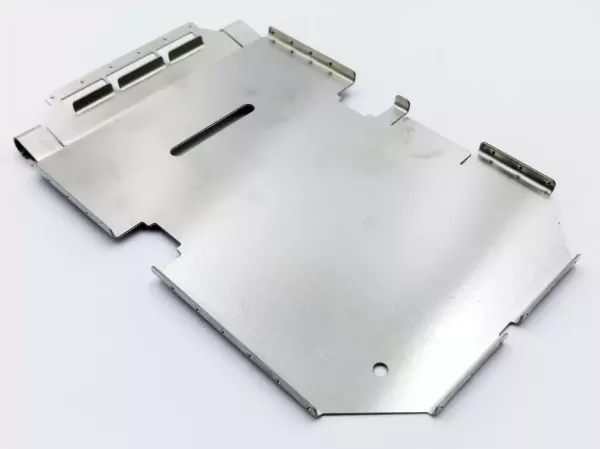
Sheet metal parts are mostly manufactured for use as chassis, enclosures, and other high-durability purposes. Due to the material and setup costs, sheet metal fabrication is utilized for high volume production and low-volume prototyping for cost-effectiveness. At First Part, our sheet metal fabrication services are well-tailored for our client’s needs, representing the perfect opportunity for quick prototyping, robust testing, and faster market entry.
How Does Sheet Metal Fabrication Work
Depending on the type of part to be manufactured, the complexity of the design and the desired finish, metal sheets may be formed in 3 simple steps namely cutting, forming, and joining. (assembly)
Cutting
Cutting operations in sheet metal processing may be done with/without shear.
The shear cutting processes are blanking, cutting, and shearing. Non-shear processes are more precise and tailored for high-accuracy industrial end products.
Non-shear processes include laser beam cutting, water jet cutting, plasma cutting, and machining. They are more suitable for industrial use in automotive and aerospace, robotics, and sometimes engineering.
Laser cutting:
Applies a laser-focused light beam to cut through metal sheets. It can also be used for engraving sheet metals.
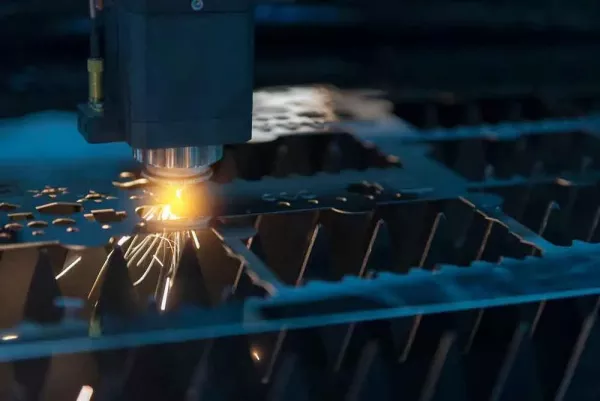
Water jet cutting:
A high-velocity process that directs abrasive-concentrated streams of water at the sheet to cut into the material.
Machining:
Can be conventional or CNC-based. This process involves the use of a tool (drill bits or lathe blades) to systemically remove pieces of material from a part. CNC milling, spinning, and turning are some of the most popular processes.
Plasma:
Plasma cutting uses heat-compressed ionized gases that travel at high speed and conduct electricity to direct cuts at a metal sheet.
Forming
Forming is the general umbrella for processes like stamping, stretching, roll-forming, and bending. Unlike cutting where the material is removed from sheet metal, forming simply uses fabrication tools to reshape the part to the desired geometry.
Stamping
A forming technique involves the use of two dies to press the metal into the desired shape.
Bending
Contours a sheet metal, and can be done by hand or brake press, while roll-forming uses a pair of rolls to process an entire length of sheet metal into a coil.
Joining
Joining is usually but not necessarily the final process in sheet metal fabrication. It involves processes like riveting, adhesives, brazing, and most popularly, welding.
Welding:
May be Stick, MIG, or TIG. The process essentially fuses two or more metal sheets by using a flame to melt them together in the presence of a filler.
Riveting
Joins sheet metals together by embedding small metal parts through both sheets.
Adhesives:
High-end glues that are capable of holding sheet metals together on their own or when used in conjunction with any other joining process.
Brazing:
Brazing is similar to welding, with the only difference being that the metal sheets are not melted, only the filler.
Once the metal part has been fabricated and assembled, a host of finishing processes (detailed below) can be used to improve its properties and appearance.
Advantages of Sheet Metal
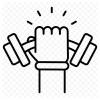
Excellent Strength/Weight Ratio
Sheet metal parts have an excellent strength-to-weight ratio, making them strong durable and particularly suited as high-fidelity prototypes and end-use parts

Scalability
Leverage on-demand sheet metal fabrication and lower setup costs to make parts in as little as one unit to as high as 10,000 units.

Cost-effectiveness
Use sheet metal fabrication services to mass manufacture your end parts and drive down your cost-per-unit.

Material Diversity And Options
Choose from a range of sheet metals and leverage relevant part properties such as strength, weight, and corrosion-resistance for best functionality and finish.
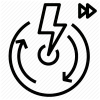
Quick turnaround times
With our capacity and investment in modern sheet metal forming tools, we can combine conventional processes and digital technology to deliver high-quality sheet metal parts.

Custom finishes
Choose from an array of specialized finishes for your sheet metal parts. Choose from anodizing to plating, painting powder-coating, or go for custom specifications.
Sheet Metal Applications
First Part Sheet Metal parts can be used for:
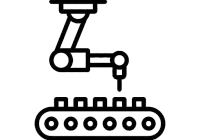
High-functional end-part production
Sheet metals are very machinable, making them processable into just about any shape, angle, and size. This makes it an excellent choice for making high-precision and functional end parts with tight tolerances

Rapid Prototyping
Sheet metal techniques can be used with CNC machining to create and test high-fidelity prototypes made in production-grade materials.

Low-volume Manufacturing
Sheet metal fabrication id ideal for making small volumes of a part without incurring expensive tooling costs. Because of the affordability of the process compared to CNC machining and 3D printing, processing small units of part with sheet metal fabrication is usually cost-effective.
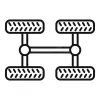
Enclosures, Brackets, and Chassis
Thin metal parts are easily made into functional enclosures, brackets, and chassis through sheet metal processing. Sheet metal fabrication is a feasible method of making device panels, chassis, brackets, boxes, and enclosures of all styles to fit electronics and consoles.
All parts are made to critical dimensions, allowing for proper placement of internal components, hardware, and fasteners.
Sheet Metal Industries
Sheet metal fabrication is widely used in industries like aerospace, aviation, defense, automobile, rail, general construction, oil and gas, and more for its processing diversity, speed, and efficiency.

Robotics

Education

Industrial

Automotive

Electronics
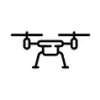
Aerospace and Defense

Energy

Medical and Dental

Consumer electronics
Material Options
Our catalog of sheet material materials includes plastic, metal, and composite manufacturing options. We work with metals including aluminum, magnesium, steel, titanium, brass, and more. In addition to our stock material options, First Part can source for desired materials and provide machining with customized raw materials that will match the desired application of your part.
Aluminum
Aluminum has an excellent strength/weight ratio. It can also withstand lower temperatures, making it suitable for use in aerospace and cooling technologies.
Copper
Copper has great electrical conductivity. It is ductile, malleable, and well suited for corrosion-resistant components.
Steel
Excellent for applications that favor strength and durability.
Magnesium
Magnesium sheet metals have low density. They are for applications where stiffness is desired.
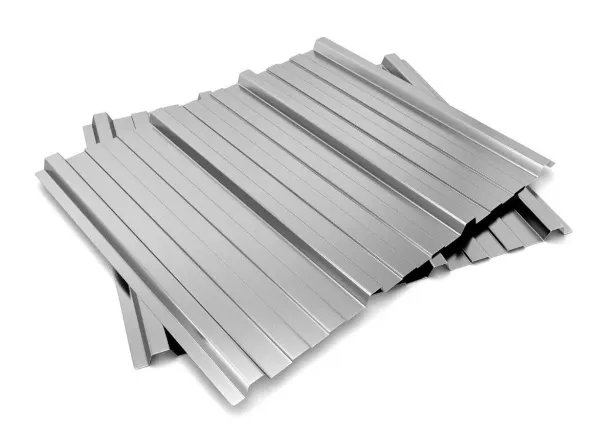
Brass
Brass is lightweight and corrosion-resistant. It is well suited for making fittings and components as well as parts that need acoustic properties.
Bronze
Bronze boasts of higher strength than copper. It has a low melting point, making it suitable for use in turbines and cookware.
The above materials are the most common stock material options. If your desired material is not listed above, please contact our team here. You may learn more about our other options and custom material applications by clicking here to go to our materials page.
Finishing options
Molded parts can be finished in many ways that may cover purely aesthetic finishes or offer some form of protection to the part. Finishes should beautify and enhance the sophistication and functionality of any part. At First Part, our Injection-molded parts may be finished in any of the following options:
· As manufactured
Sheet metal fabricated parts are left as manufactured. There will be visible tooling marks on the part.
· Bead blasting
A surface smoothing operation that involves the direction of fine glass beads at a part’s surface under high pressure. Bead blasting creates a smooth, uniform surface finish on the part.
· Anodization
An electrolytic passivation process used to increase the thickness of the natural oxide layer on the surface of the part. This can be used for decorative, anti-corrosion or surface hardness treatments. Anodizing is most common with aluminium parts.
· Powder coating
Electrically conductive sheet metal parts may be coated with colored powder paint after fabrication to deliver a dry, melted and hardened finish to a part. Very suitable for workpieces that need textures that may not be achievable using wet painting.
· Chrome-coating
This involves the deposition of a thin chromium layer onto a metal part through an electroplating process. The chromium layer may serve decorative functions, make the part anti-corrosion or improve the surface hardness.
· Custom
An array of custom finishes are also available for your part depending on the material and purpose of the end-use part.
Can’t find the desired finish? Click here to go to our finishing page and learn more about our array of finishing options in detail. We also offer custom finishing touches to help you achieve the desired finish or finishes for various parts.
Why Choose Us
With over ten years’ experience in Injection Molding, Insert molding, and Overmolding services, First Part is one of the best prototyping and Injection molding manufacturers in China. Here’s why:

Quality and Reliability
First Part is dedicated to meeting high-quality standards, delivering part on time with precision, accuracy, and reliability. We follow strict quality control systems to ensure that only the best parts are delivered.

Cost-effectiveness and Turnaround
Budget maximization and design optimization to ensure cost-effectiveness and quick turnarounds for low-volume and mass manufacturing.
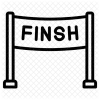
Start to Finish
First Part is your one-stop-shop, housing a variety of related and interoperable manufacturing techniques to help you manufacture your part from raw material sourcing to quality control, start to finish.

Complete assemblies
Maintain product and part consistency when you work with us for fabrication and finishing your sheet metal parts. Explore our array of low-volume and mass-manufacturing techniques to make complete part assemblies.
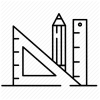
Instant quoting and Design for Manufacturing
Receive free design for manufacturing and instant quotes for your uploads in a matter of hours to reduce bottlenecks, improve quality, and explore cost-saving design optimizations that all culminate in faster production and market entry.
FAQs – Sheet Metal Fabrication
What are the First Part sheet metal capacities
· Laser Cutting · Sheet Metal Punch
· Hydraulic Brakes · Plasma Cutting
· Magnetic Brakes · Welding

What are the material options for sheet metals?
You can choose from aluminum, steel, brass, copper and nickel sheets to make functional end-use parts. Material choice should depend on the application and cost.
Why should I finish my parts?
Using our finishing services helps to protect, beautify and strengthen your parts for the rigor and conditions of use.
What do I need to get started?
To get started, simply upload your design file here. You will receive a free quote and design-for-manufacturability analysis in a matter of hours.
Can I use sheet metal services for prototyping?
Yes, you can use sheet metal services for low-volume manufacturing, design validation and product prototyping
What is the benefits of sheet metal fabrication?
Sheet metal fabrication solutions present businesses with a rapid and cost-effective method of producing low to high-volume parts. The variety of metal processing techniques under sheet metal fabrication means that simple or complex parts can be made to specifications under tight tolerances, more precision for cutting/bending ranges, and an array of materials to choose in production.
Sheet metal parts have high malleability, resistance to weathering, improved strength-to-weight ratio, and absolute freedom of customization in design.
Request A Quote
Ready to get started? Contact us with details of your project to take advantage of our automated electronic quoting service, design verification process and excellent customer feedback program. With an extensive amount of finishing options to compliment a wide range of material types, over 100 CNC machining centres and deeply-rooted industry experience, Firstpart is always willing to collaborate and deliver functional end-use parts with quality you can trust every time.
Click here to get in touch with us and get a free quote now!
